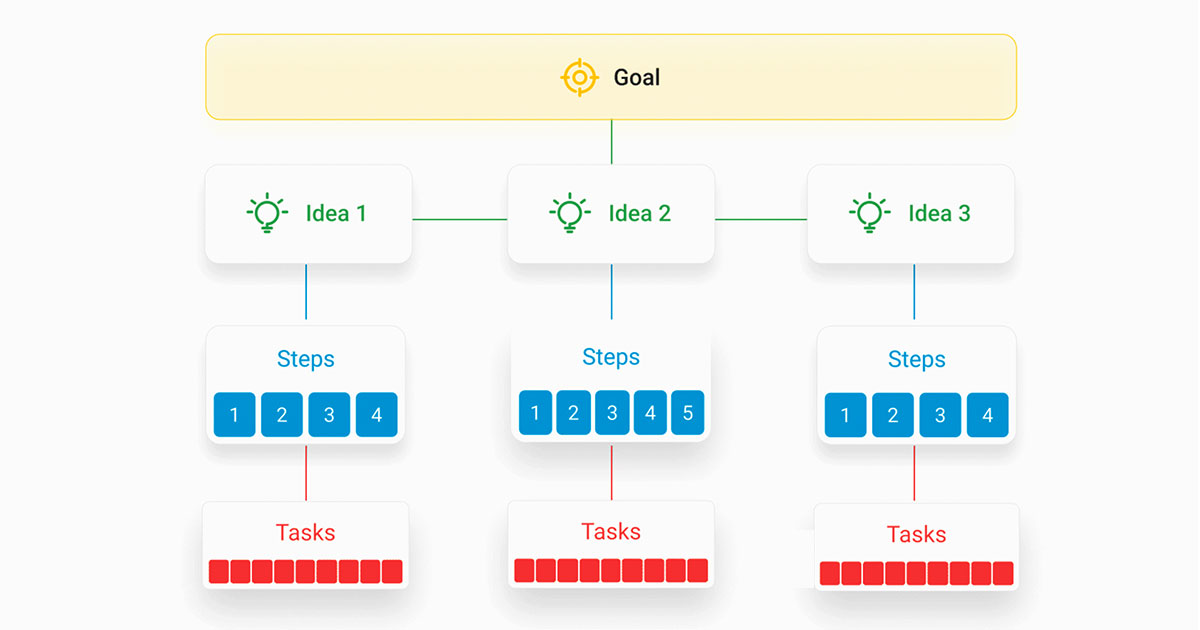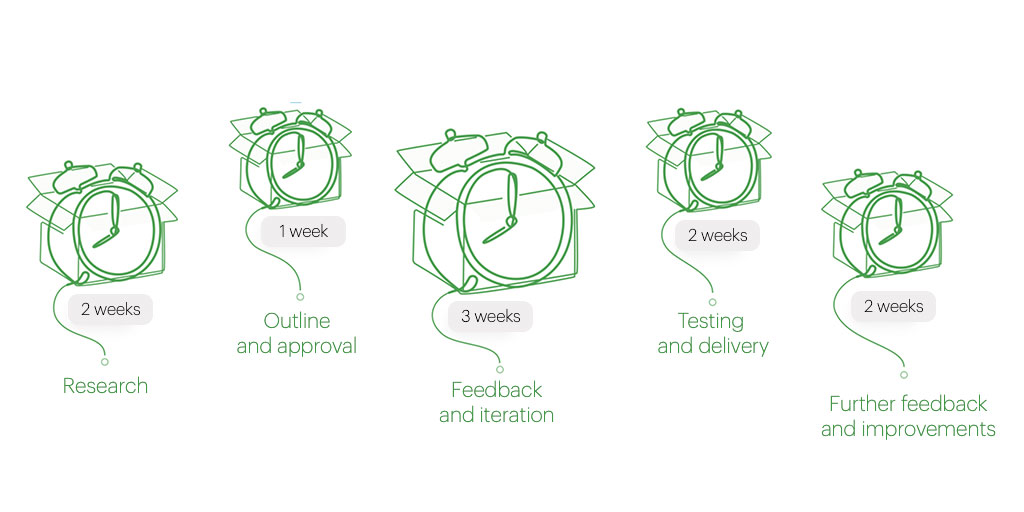3 mantras for upcoming product managers
- Last Updated : June 12, 2023
- 1.5K Views
- 4 Min Read

The product management world is riddled with myths about what a product manager should and shouldn't do. Each manager will have different ways of doing things based on their business operations and products. This can lead to inefficiencies when everyone is not on the same page, and issues like delays in response times or unfair work distribution can be all too common.
The 280 group is a product management consulting and training firm. In a recent survey, they found that:
49% of companies don't have a consistent product management process
60% of companies who have a product management process don't plan to optimise it
37.9% of product managers say they have a messy backlog
21% of products delivered (1 in 5) don't meet customer expectations
Final word? A product manager with a highly effective process can increase overall profits by 34.2%.
That's why it's important to review your product management processes every few months and identify ways to optimise them. Here’s how.
The Golden Circle Theory
When Simon Sinek introduced this theory and explained the importance of "knowing your why," the world collectively facepalmed. Of course, how did we not think of this earlier?
Before you start working towards a goal, you have to understand why you're doing it. That's your conviction, your purpose. That will be your guide to identifying how you can realise that goal and persevere until you've achieved your result (the what).
Every process should ideally follow the Golden Circle Theory. To devise a process for a goal, you should first know why you want to achieve that goal, and then outline how to get there.
However, to make the Golden Circle theory easier to adopt in product management, add two more stages: "the who" and "the when." For example, once you create a process, break it down further by specifying who will do the tasks and when. Together, this modified Golden Circle forms the essential mantras for upcoming product managers.

Mantras for upcoming product managers
Mantra 1: Know your why
Give your product a purpose and lead it there. Profit is the result—the what, not the why. As a product manager, your goal is to offer value to the customer. Develop the essential skills to help you do that.
Tactical skills like identifying customer requirements, managing backlogs effectively, and generating new ideas
Leadership skills like building a vision and roadmap for your product, managing workplace silos, and taking ownership
Decision-making skills like conviction and focusing on outcome rather than output
Mantra 2: Know your who
Product managers have their own styles, of course. But your success depends on how organised you are. Use the GIST approach to help your planning.
GIST stands for Goals, Ideas, Steps, and Tasks.
Create goals you want to achieve from your product, generate ideas to achieve those goals, then break each idea down into steps, and create tasks for each step. This way, you know exactly which tasks to allocate to your team members and when so that the work is evenly distributed and management doesn't get overwhelmed.

To check the effectiveness of this process, check off tasks every time your team finishes one. This will give you a better idea of which steps were more beneficial for executing the idea and achieving the goal associated with it.
Mantra 3: Know your when
Once you’ve set up the GIST planning model, use the time-boxing strategy to reach your goals in time. Specify realistic deadlines for each person to complete their tasks. For example, if you run a web design agency and you're developing a website and online store for your client, here's how you break that down:
Research - 2 weeks
Outlining and internal approval - 1 week
Feedback loop and iteration - 3 weeks
Testing and delivery - 2 weeks
Implementing further feedback and improvements - 2 weeks

Time-boxing gives you a clear timeline for your goals. However, it’s also crucial not to overestimate yourself. Doing so will put unnecessary stress your team members and affect their quality of work. Allot enough time for each task based on its complexity.
For instance, research and iteration are crucial to building a successful product. If you think competitor and demand analysis will take a week and a half, take two regardless. Allocate enough time to verify your study. Similarly, take a couple more days to ensure your product is the best version it could be. Iteration is important. If your product isn't functional and user-friendly enough, you won't get far.
On the other hand, approvals don’t need the same amount of time. For high-priority tasks, you can fast-track approval with impromptu review meetings.
Whether you're a new product manager or a seasoned one, this modified version of the Golden Circle Theory can help you look at your product with a fresh perspective. We hope this post has been useful, and if you have any other business-related questions, let us know in the comments!


